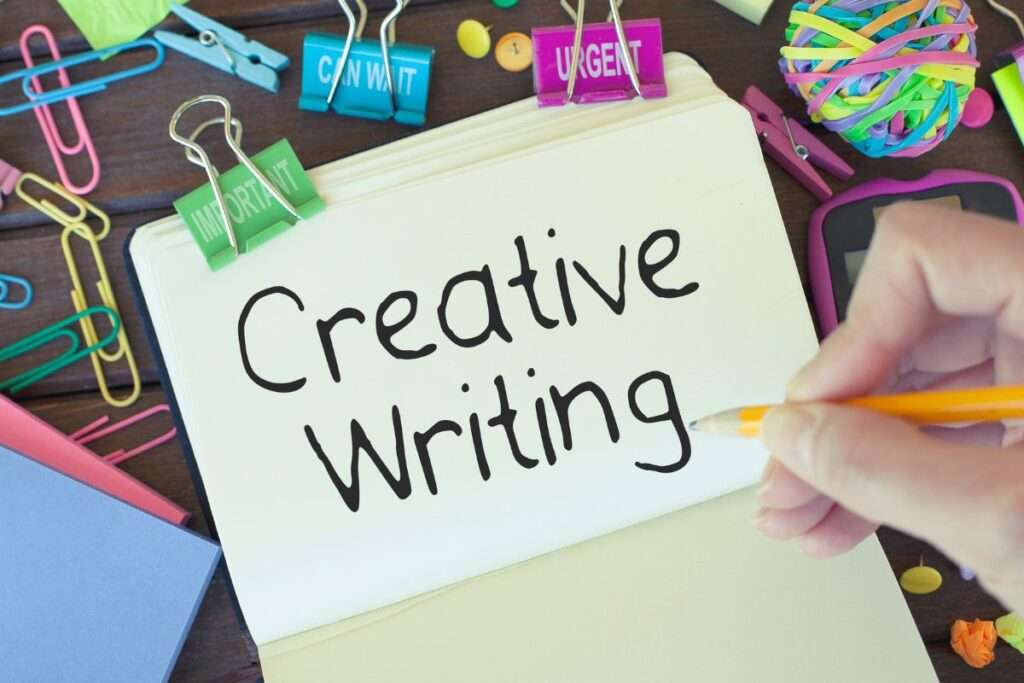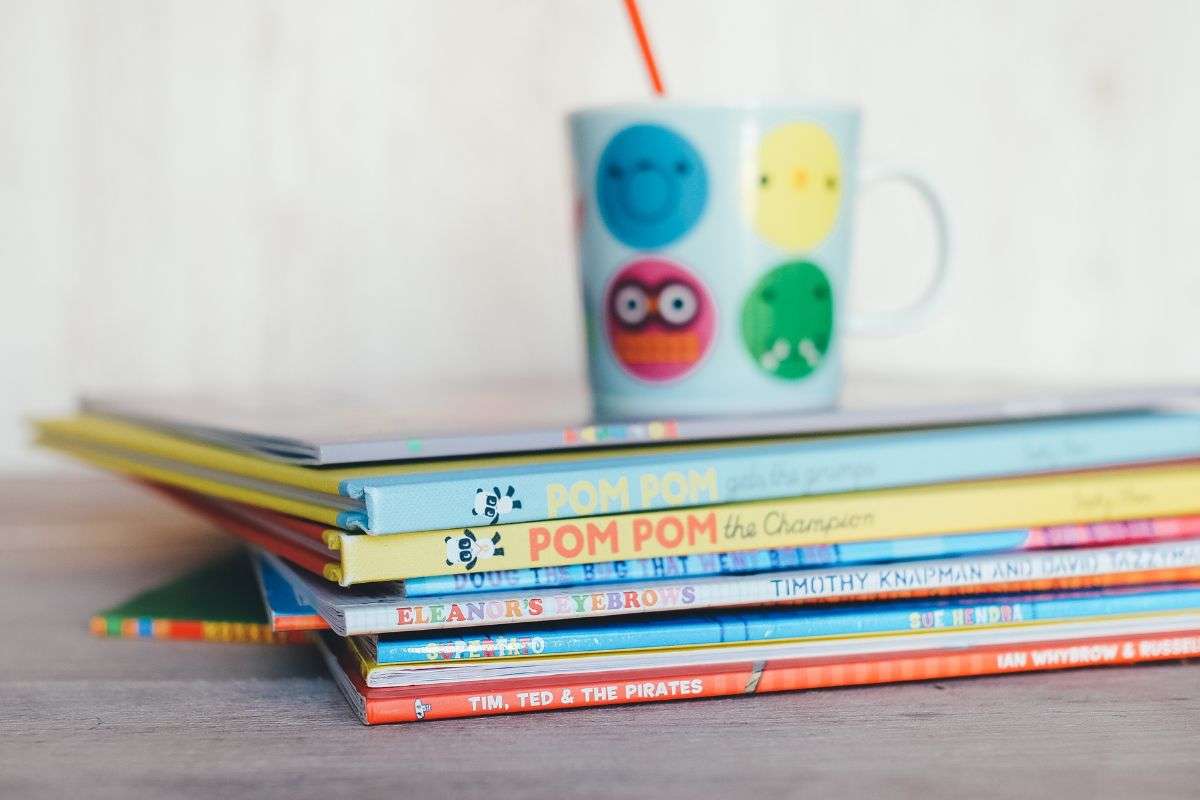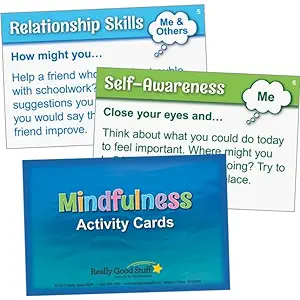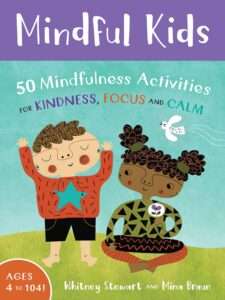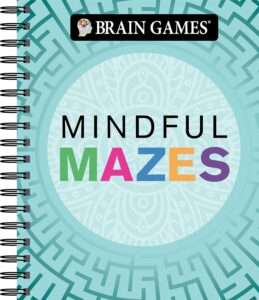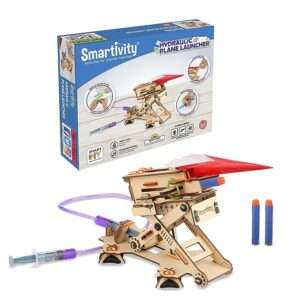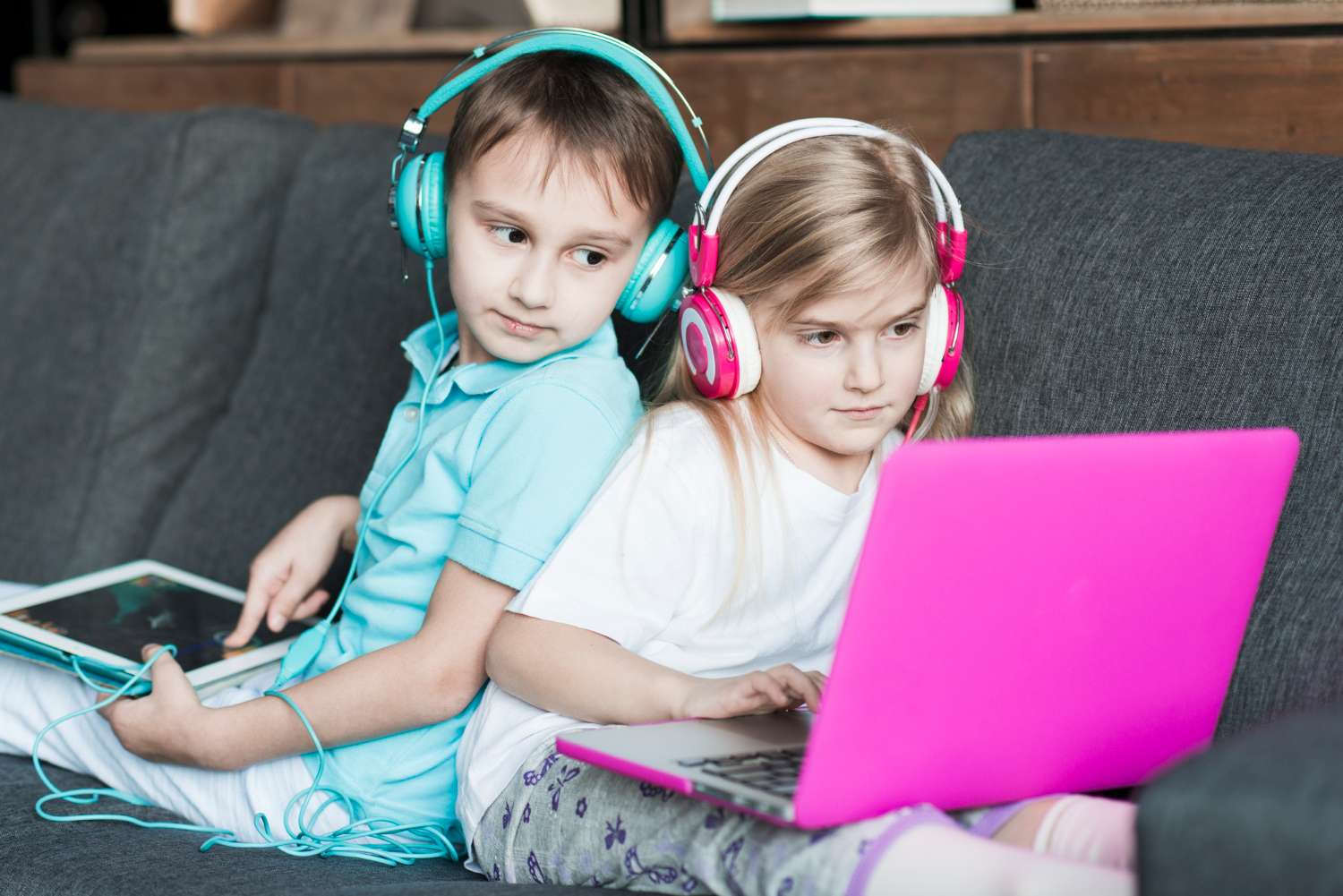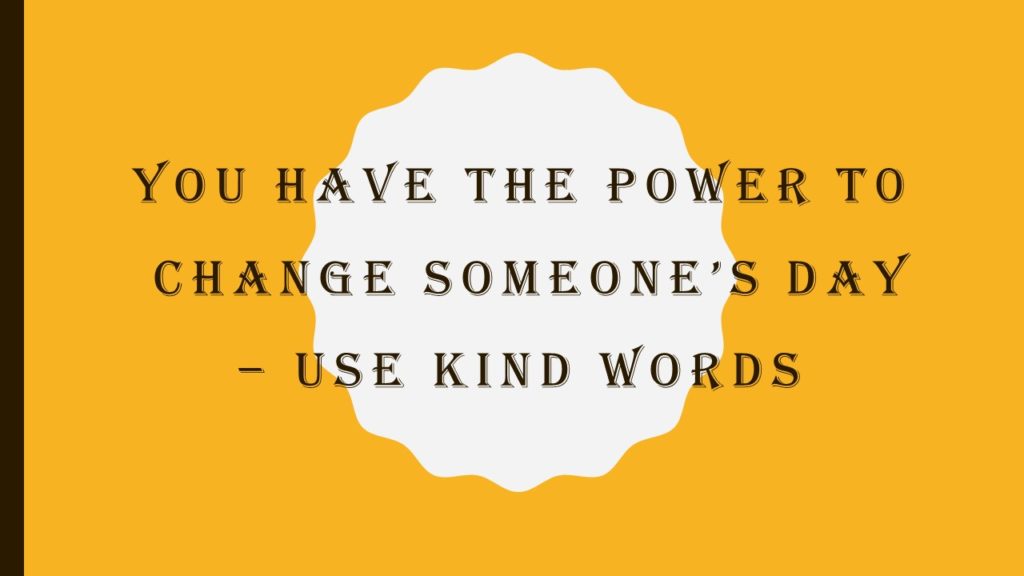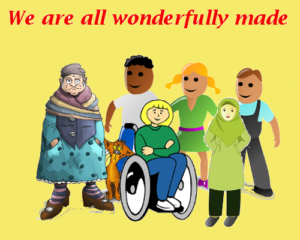Exploring the Benefits of Creative Writing for Professional Development
30 seconds summary
- Creative writing helps with professional growth by improving your ability to communicate, think critically, understand emotions, and be creative. It helps people get better at sharing their ideas, fixing problems, and understanding others, which are all important skills for any job.
- Also, creative writing helps you be more disciplined, stay strong when times are tough, and manage your time well. It boosts your confidence and helps you create a good collection of your work. For people looking to work in writing or similar jobs, it can lead to paid internships and freelance work.
- In the end, creative writing helps you develop useful skills that improve your personal life and job opportunities.
Creative writing is seen as a personal and artistic activity, but it has many advantages that can really help in professional growth. No matter if you work in business, education, technology, or another area, the skills learned through creative writing can help you grow, come up with new ideas, and communicate better. This essay will explore how creative writing helps people grow in their careers. It will look at important skills like thinking critically, communicating well, being flexible, and understanding emotions.
Enhancing Communication Skills
One of the main benefits of creative writing is that it helps you get better at expressing your ideas. In many jobs, being able to express ideas clearly and convincingly is very important. When we write reports, make proposals, or talk to clients, how we communicate can greatly impact how well we do our jobs.
Creative writing helps people improve their communication skills by making them think about language in fresh and creative ways. Writers need to think about the tone, voice, and audience because these are important for clear communication at work. Writing stories, poems, or journal entries needs careful attention and accuracy, skills that can also be useful in a job.
Also, creative writing helps you change how you express yourself in different situations. A writer may use both formal and casual language based on what they are writing, just like professionals change how they talk to fit their audience. Talking to a boss, a coworker, or a customer requires good communication skills. Creative writing can help improve these skills.
Strengthening Critical Thinking and Problem-Solving Skills
Creative writing usually includes making interesting stories with detailed plots, characters, and events. Writers need to carefully think about how to create their stories, how characters talk to each other, and how to solve problems. These steps need good problem-solving skills because writers have to think about different viewpoints and possible results.
In most jobs, being able to solve problems is very important. No matter if you're fixing a tech problem, running a project, or dealing with challenges at work, it's important to think critically and come up with new ideas to solve problems. Creative writing helps improve these skills by motivating writers to think in new ways, look at problems from different sides, and explore many possible answers.
Also, creative writing helps people practice breaking down and combining complex ideas, which is an important skill in many jobs, like law, business, and healthcare. Writing involves knowing different parts, like characters, the setting, and the main idea, and how they work together. This is similar to how experts think about different things when making choices or looking at information.
Boosting Emotional Intelligence and Empathy
Emotional intelligence (EQ) is the skill to notice and control your own feelings and to understand and affect how others feel. Creative writing is a special way to improve your understanding of feelings and emotions. When writers create characters who come from different backgrounds and have different personalities and goals, they have to think about other people's lives. This helps them understand people who might be very different from themselves.
Being able to understand and connect with others is very important at work. People who are good at understanding feelings usually have an easier time making friends, solving problems with others, and dealing with complicated social situations. Creative writing helps people improve their ability to understand others. This skill is useful in situations like working with a team, dealing with customers, and being a leader.
Also, writing in different styles can help someone get better at understanding and showing their feelings. Writers often use their writing to learn more about their own feelings. This helps them understand their emotions and how they react to things better. Being aware of your own feelings is an important part of emotional intelligence. It can help you communicate better, make smarter choices, and be a good leader at work.
Fostering Creativity and Innovation
One of the clear benefits of creative writing is that it helps boost creativity. Today, in our quickly changing work world, being creative and coming up with new ideas is important in almost every job. Companies look for people who can come up with new ideas, solve problems in different ways, and help the business succeed.
Creative writing helps people think of new ideas, picture different worlds, and create their own stories. You can use the process of coming up with ideas and new things right at work. No matter if you are in marketing, product development, or planning, professionals can use the creative thinking they learn from creative writing to come up with new ideas, solve problems in different ways, and create unique solutions.
Also, creative writing can help workers think in new and bigger ways. Writing stories often means building new worlds from scratch. This needs both creativity and the skill to understand the overall situation and how different parts connect. People who practice creative writing are usually better at linking different ideas, spotting chances that others might miss, and thinking outside the box.
Improving Time Management and Discipline
Creative writing is connected to saying what you feel and having freedom, but it also needs a lot of practice and good time management. Writing a book, a short story, or a poem requires hard work, determination, and knowing when things need to be done. Writers often need to manage their time well to balance their creative work with other responsibilities.
Being able to manage time and stay focused is very important in any job. Workers often have to handle many jobs, manage projects, and finish tasks on time. Creative writing helps improve these skills because it encourages writers to set aside time for writing, make goals, and keep track of how they're doing. By practising regularly, people can create better habits and routines that help them at work.
Also, editing and revising a piece of creative writing helps people learn to be patient and to work on things step by step. In the working world, this way of thinking is very important. Whether you are working on a plan, making a product better, or polishing a presentation, being able to look back and improve your work carefully is a useful skill. Creative writing helps you develop this skill.
Building a Portfolio and Marketability
If you're looking to work in writing, journalism, marketing, or public relations, doing creative writing can help you create a professional portfolio. Having a strong collection of your writing that shows different styles and skills can be very helpful in getting jobs or internships. People with experience in creative writing usually have an easier time getting paid internships in fields like publishing, media, and advertising. This is because their writing shows creativity, good writing skills, and the ability to connect with readers.
Also, creative writing can lead to freelance jobs. As companies focus more on content marketing, copywriting, and storytelling, there is a growing need for people who can write well. Creating a collection of creative work can help people become more attractive to employers and open up more job options for them.
Conclusion
In summary, creative writing has many advantages that help with career growth. Creative writing helps people improve their communication, critical thinking, creativity, and emotional intelligence. These skills can make them more effective at work. Suppose you want to create a collection of work for paid internships, improve your leadership skills, or just grow as a person. In that case, creative writing can really help you get better at professional skills and open up job opportunities. By doing creative writing, workers can develop the skills and attitude they need to succeed in a competitive and changing job market.
